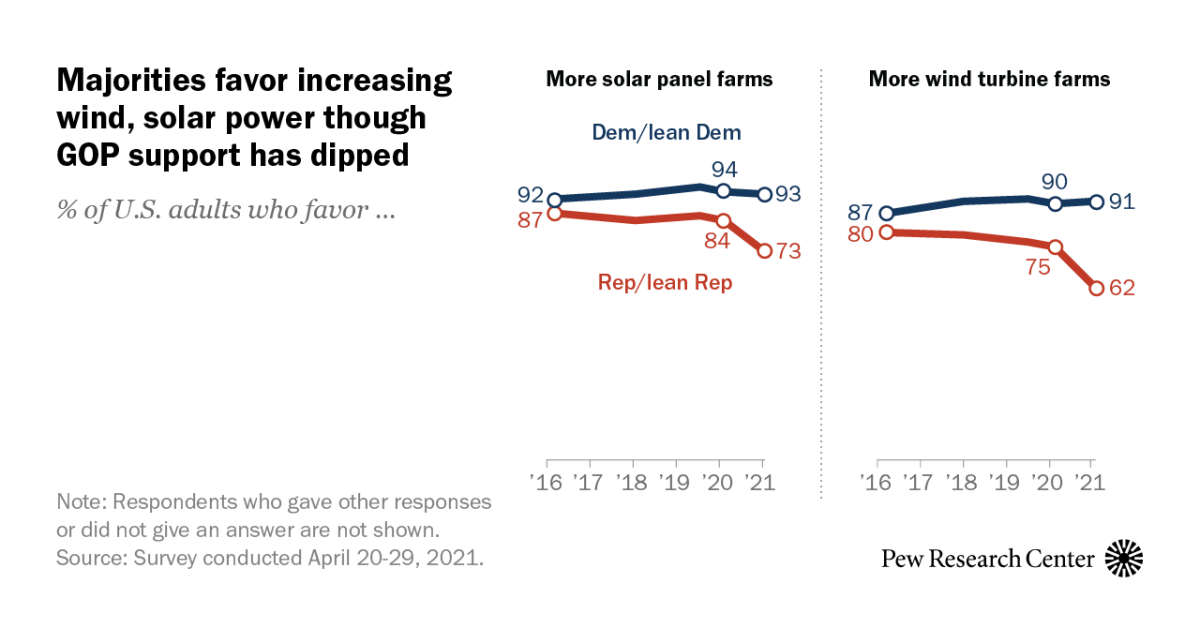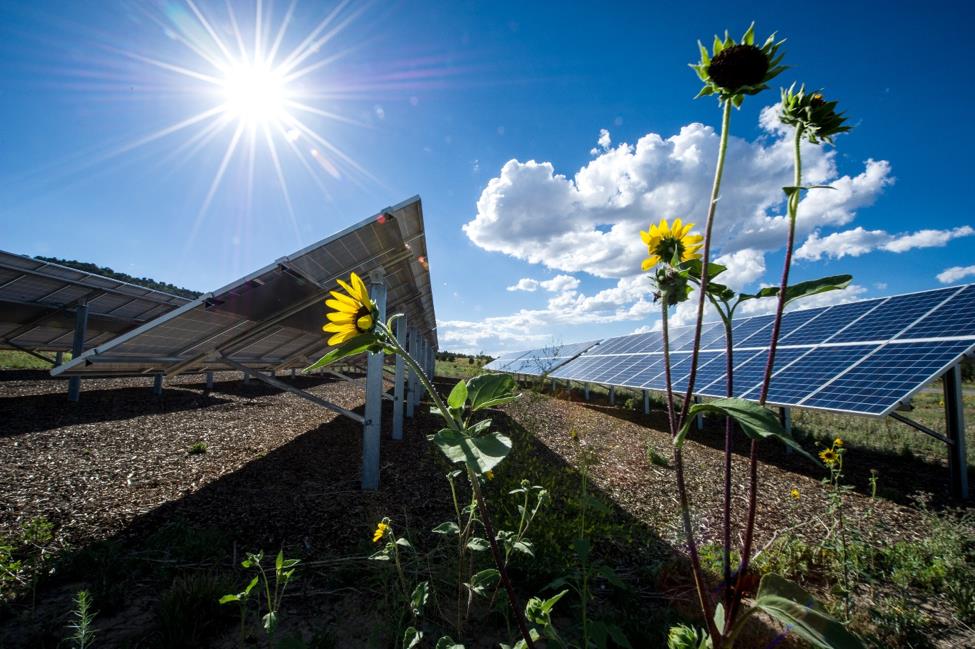Yes, you are missing the heat retention effect of concrete and rocks compared to the same area shaded by solar panels. Big difference. Plus, solar panels shed heat into the night sky at night, helping to cool the surrounding area.
Well, I was asking about that when I wrote:
"So if I understand your point correctly, that mean less heat at night and more heat during the day, so the weather report would show even higher temps?"
And I would ask the same question again:
If the area shaded by solar panels would store/retain heat otherwise, then doesn't that mean that now, with solar panels, there is less heat stored and therefore more heat during the day?
Or are you saying the solar panels store more heat than the shaded area would? I would doubt that solar panels store a lot of heat, although certainly more than zero.
I'm pretty sure everyone is talking about a fossil fuel plant. From what advanced tech does energy magically appear from a fossil fuel plant without waste heat? That's like saying solar powered EV and gas cars emit the same amount of heat, an obvious falsity.
You might want to be posting your disinformation on the Climate Change Denialism thread. LOL
That's misplaced sarcasm. Of course that is a more important fact, but not what the original post was about, which said explicitely:
..."so in a way photovoltaic solar panels help in more than one way (not just replacing energy generated by fossil fuel burning)".
That is what this was about: an effect *aside* from "replacing energy generated by fossil fuel burning". And it even ackowledged that it was an effect that is "probably negligible". So that is just what we were saying: It is *really* negligible, if not zero.
So probably zero, without denying anything. At which point I'll end this discuussion, unless you have a surprising answer to the question above.

 www.yahoo.com
www.yahoo.com







